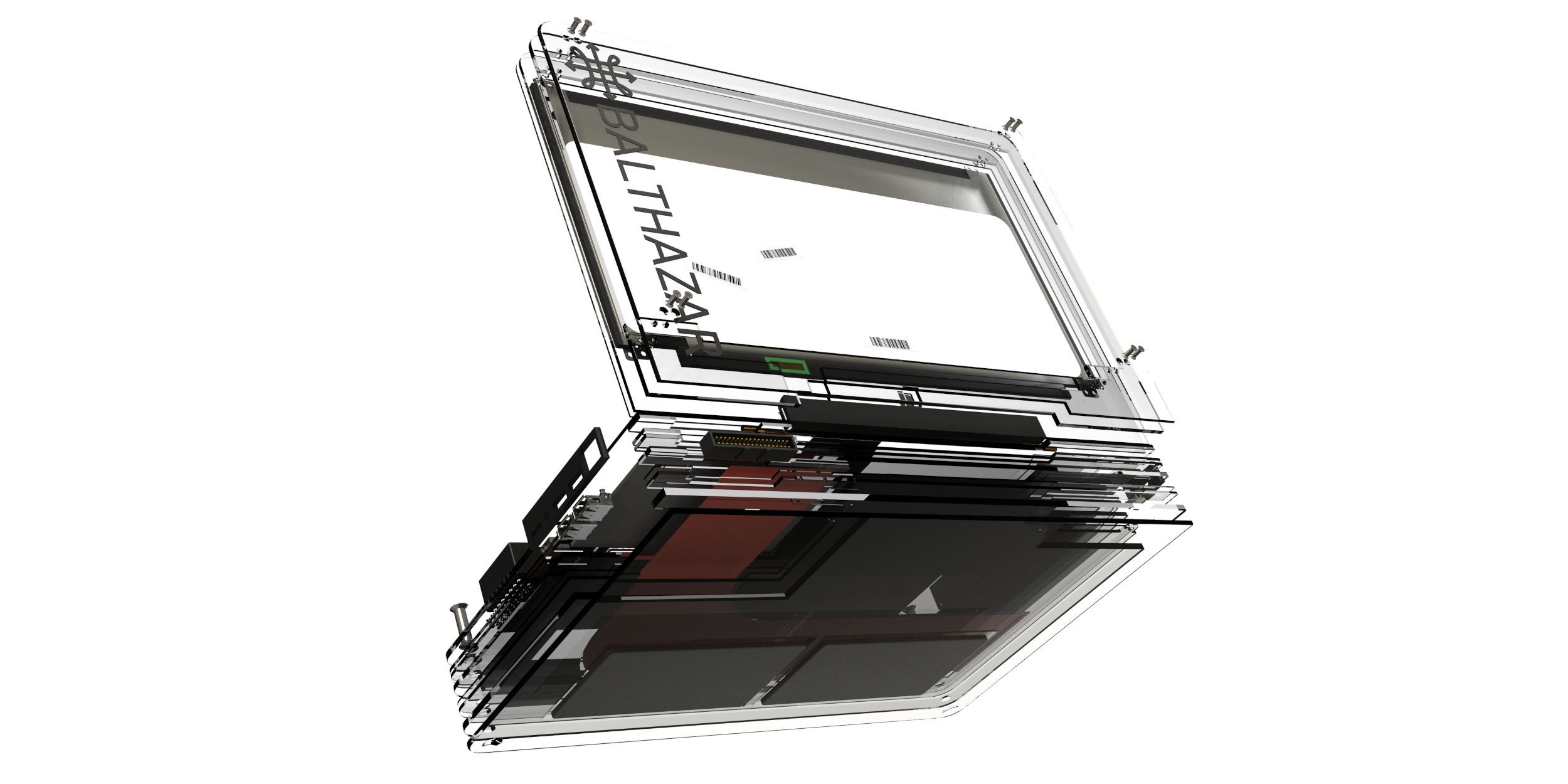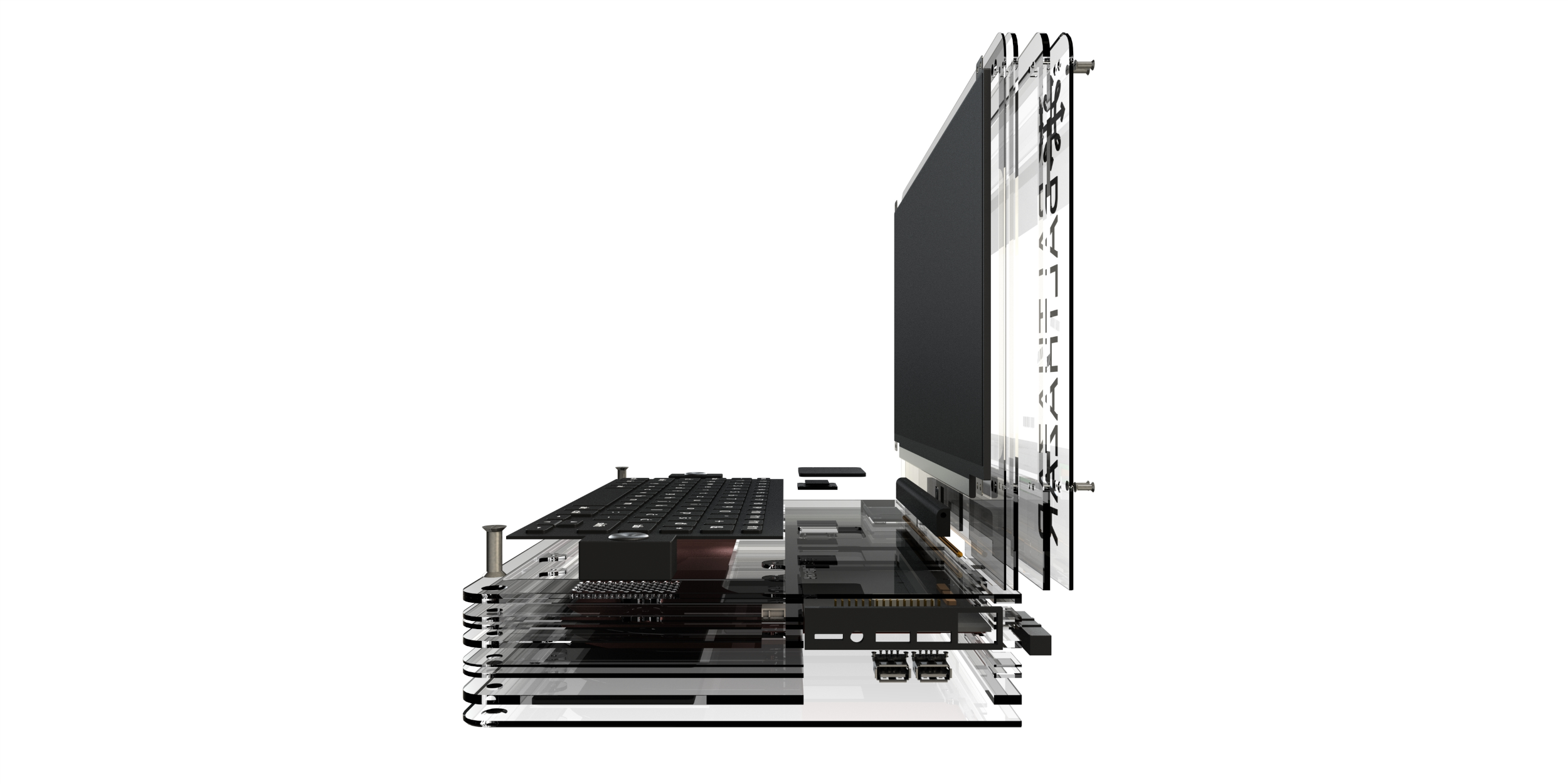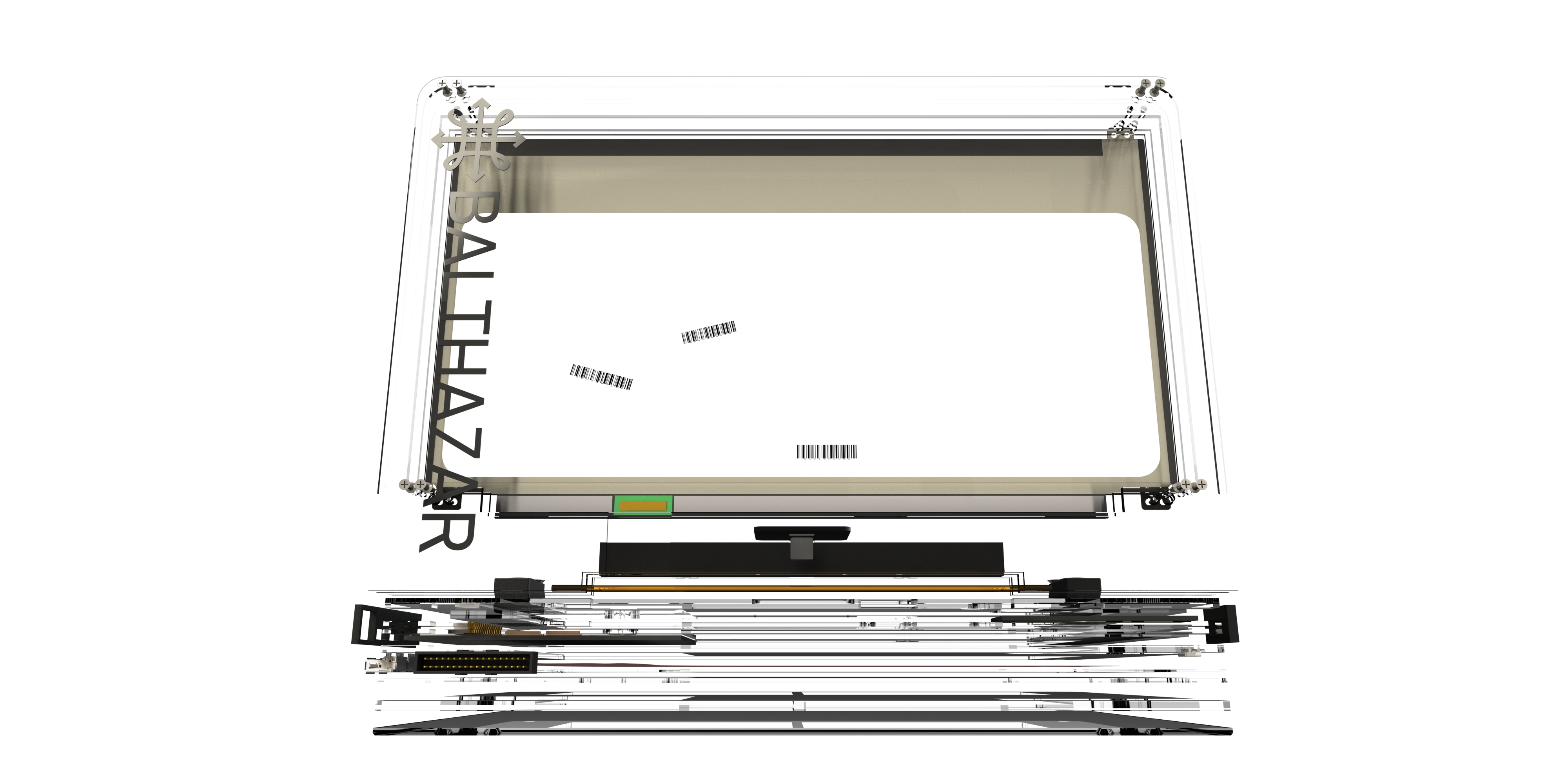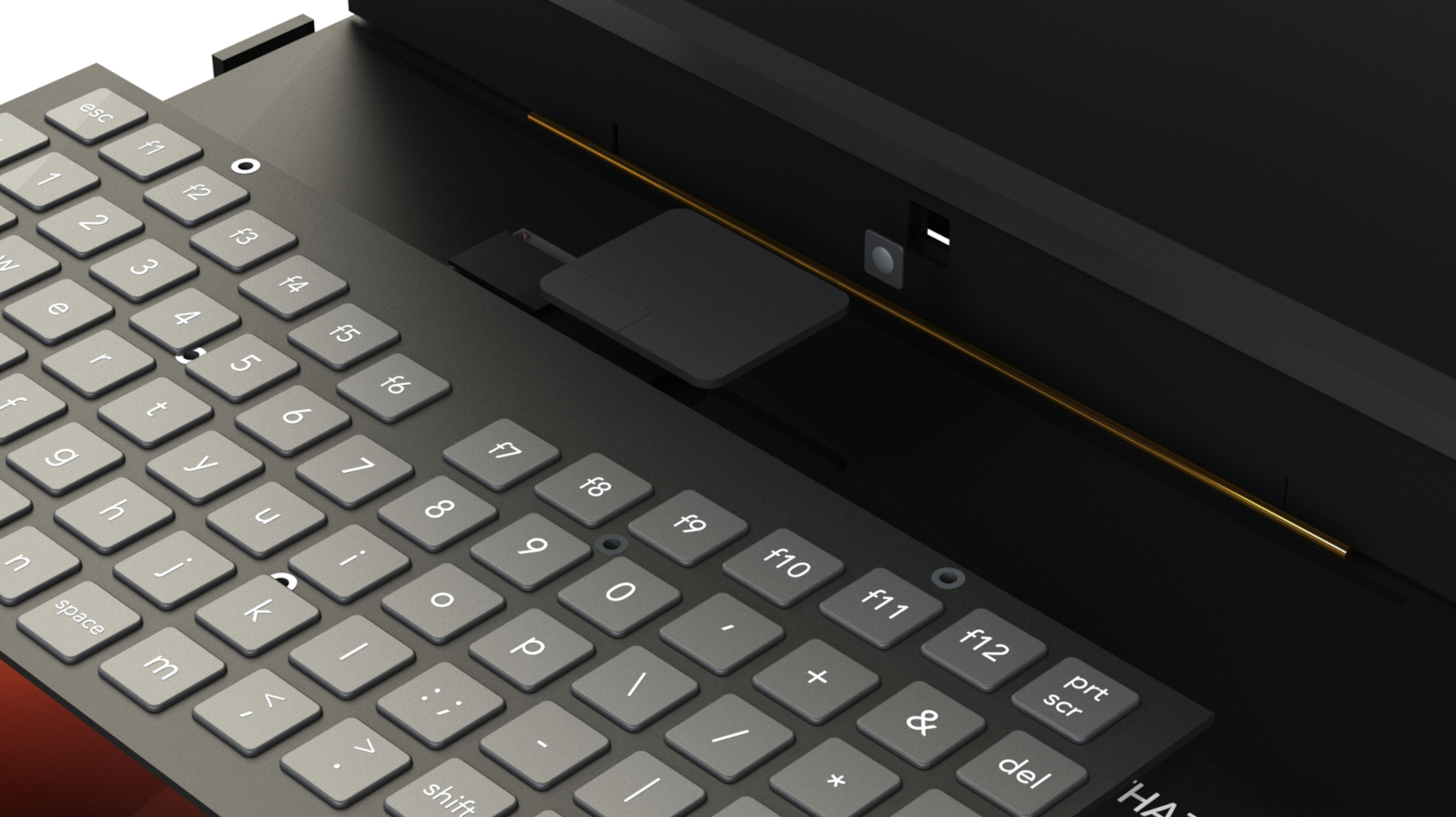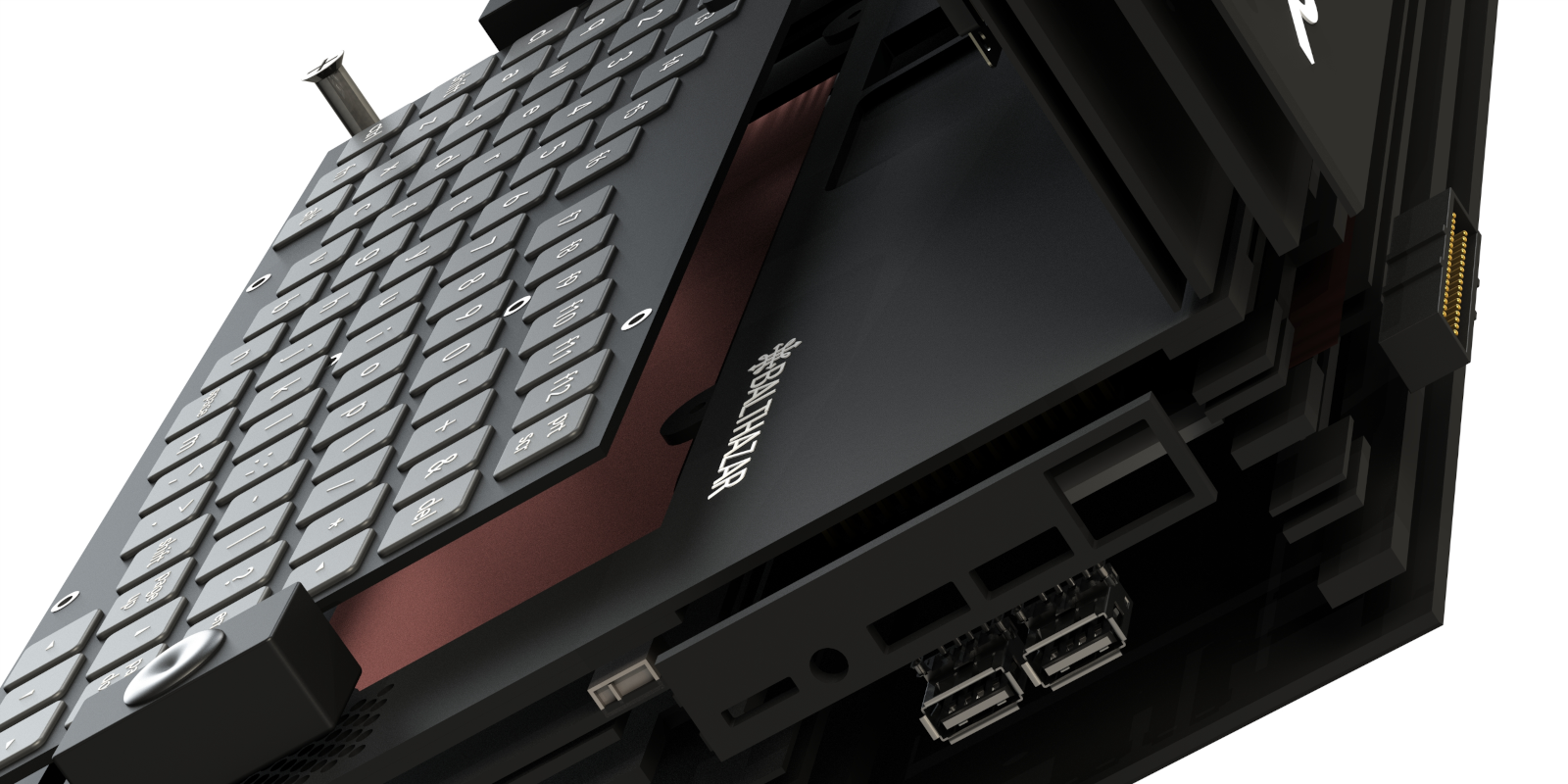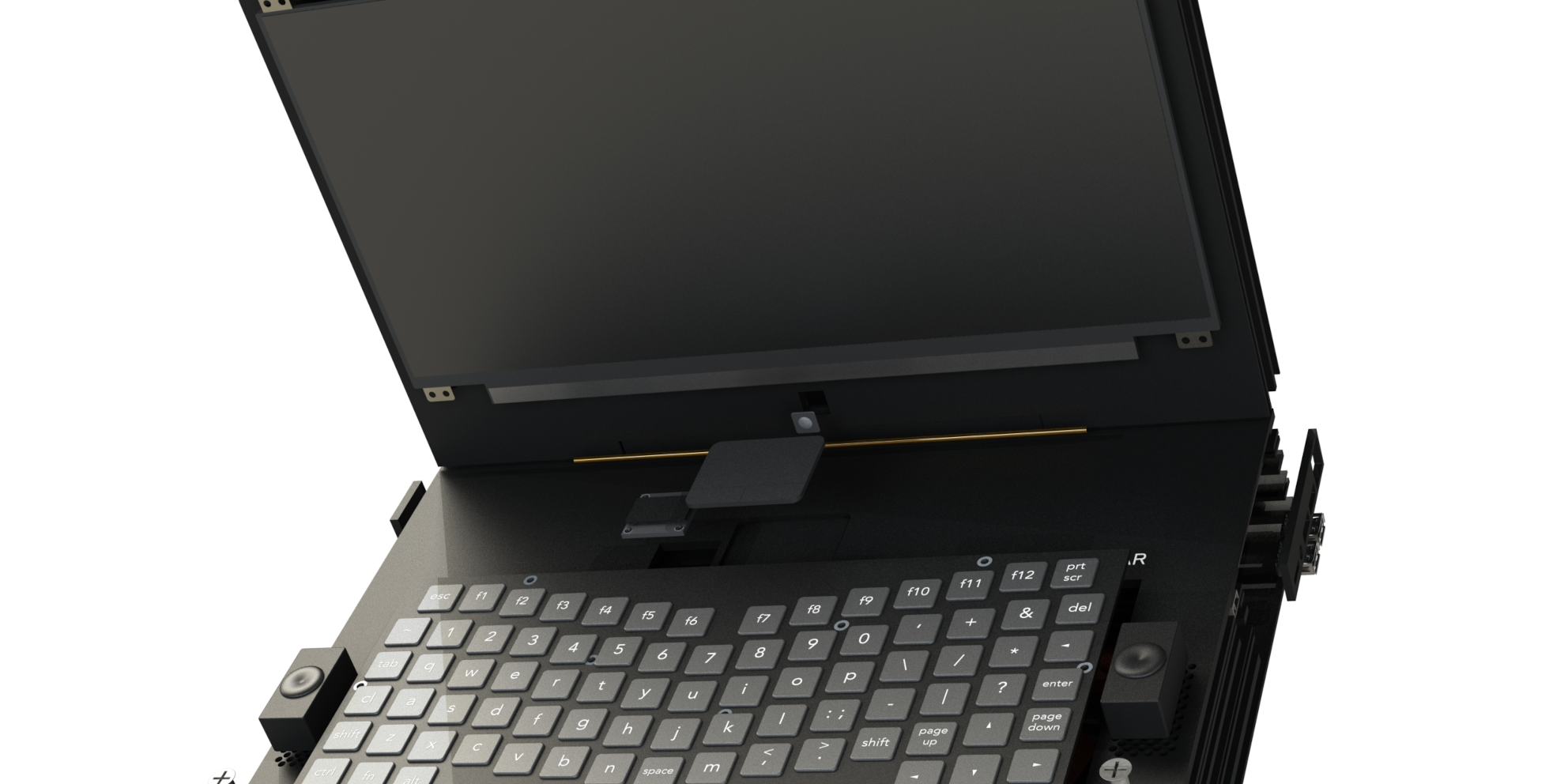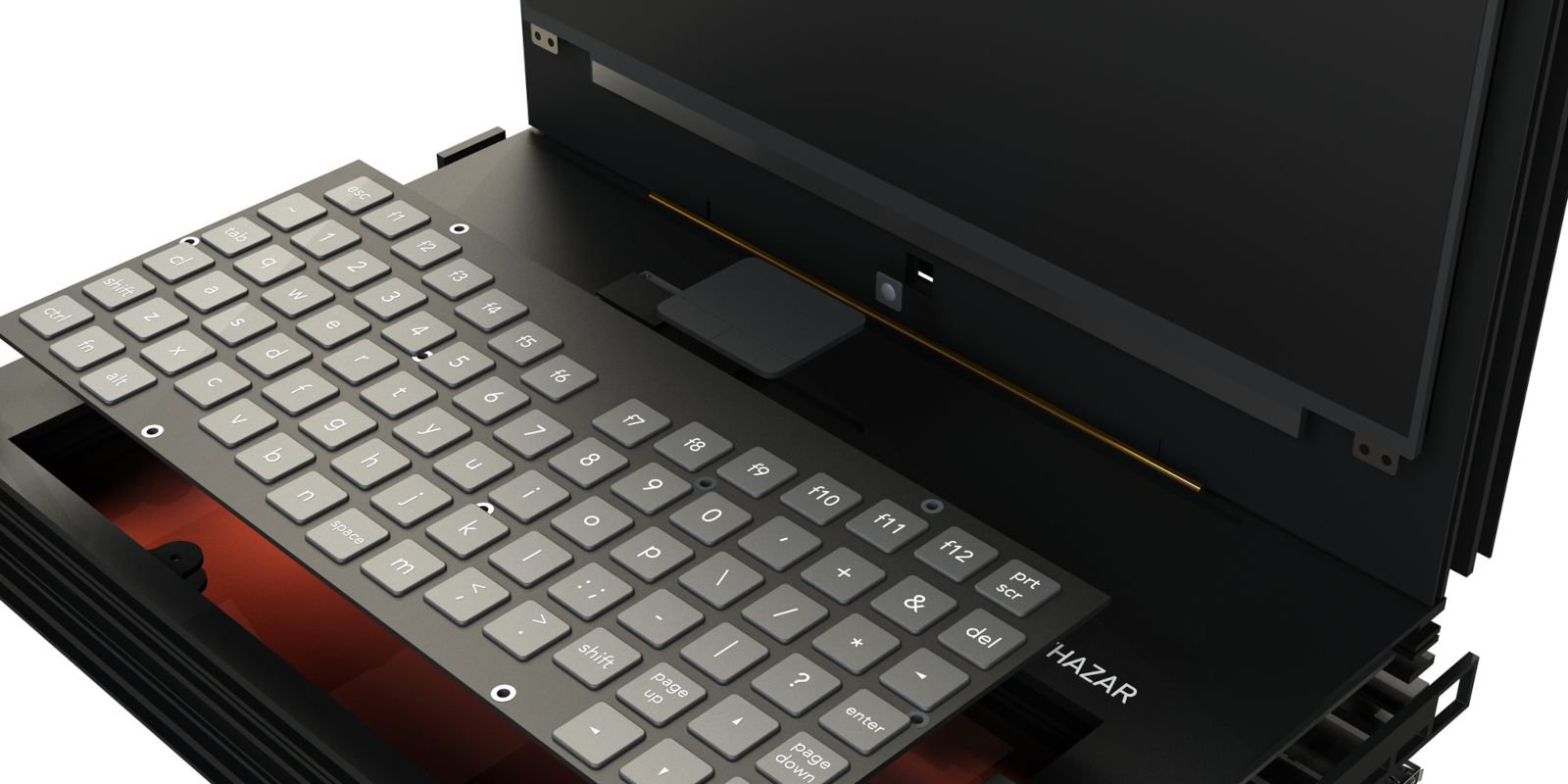Difference between revisions of "Case design"
(Created page with "Initial casing is meant to be made of a recyclable vegetable oil based plastic. Also, the idea of a modular design gave us even more sustainable materials to look at – press...") |
|||
| (17 intermediate revisions by the same user not shown) | |||
| Line 1: | Line 1: | ||
| − | Initial casing is meant to be made of a recyclable vegetable oil based plastic. Also, the idea of a modular design gave us even more sustainable materials to look at – pressed used clothes in resin, cans recycled pressed aluminium and even resin-ed wood saw. | + | Initial casing is meant to be made of a recyclable vegetable oil based plastic. Also, the idea of a modular design gave us even more sustainable materials to look at – pressed used clothes in resin, cans recycled pressed aluminium and even resin-ed wood saw. Also new materials come up regularly. |
Here are elements we have been working with so far and slowly shaping the final design and certain materials together. | Here are elements we have been working with so far and slowly shaping the final design and certain materials together. | ||
| Line 6: | Line 6: | ||
Chronological pictures and phases of the development, with the newest developments on the top. | Chronological pictures and phases of the development, with the newest developments on the top. | ||
| − | Below is shown a latest construction of a casing, with all the elements fitting in. This prototype is consisting of 4 cover units and 7 lower units inclusive the hinge. All construction elements are stitched using small orange plastic pegs. | + | Below is shown a latest construction of a casing, with all the elements fitting in. This prototype is consisting of 4 cover units and 7 lower units inclusive the hinge. All construction elements are stitched using small orange plastic pegs. It is envisaged |
<gallery> | <gallery> | ||
| Line 42: | Line 42: | ||
</gallery> | </gallery> | ||
| − | This was a first trial of constructing the case and modular elements below: | + | This was a first trial of constructing the mono case and assembling modular elements below: |
<gallery> | <gallery> | ||
| Line 60: | Line 60: | ||
File:P2.resized.png|thumb| | File:P2.resized.png|thumb| | ||
</gallery> | </gallery> | ||
| + | |||
| + | ''' | ||
| + | == Design theory against the mass production methods == | ||
| + | ''' | ||
| + | |||
| + | The theory is that electronics are a thing of beauty, meticulously engineered, a modern wonder, so why not show it? It hides one of the most interesting things about it, the electronic circuits, the electronic elements on it, connections between | ||
| + | them or wiring, etc. | ||
| + | What better way than enclosing it in a translucent housing? | ||
| + | |||
| + | [[File:44B.png|center|prototype]] | ||
| + | |||
| + | There are a few ways on how to do this housing. | ||
| + | One is, also most popular one, you make a mold (done in Balthazar case) and inject hot melted plastic into it and scoop out all | ||
| + | the necessary components of the housing and assemble it. This is how almost every company does it. | ||
| + | The drawbacks of it are high cost of the mold, so one would need a rather large financial injection in | ||
| + | order to make the mold, the other is updating the mold. Any changes or new ideas you want add to | ||
| + | the housing will be met with very high costs. | ||
| + | |||
| + | It is natural to evolve the product throughout the designing process and one should have this ability. | ||
| + | It was a no-brainer that this method is off the table, unless big volume might be required. | ||
| + | |||
| + | The second one is 3D printing. It is accessible to anyone, in-house development is a great thing, but | ||
| + | also drawbacks with it - more from the perspective of our view on designing. While it is cheap | ||
| + | and can be updated meanwhile design process it rather serves as a prototype only thing. | ||
| + | However that option is offered - Balthazar as a school project doable in one middle school semester. | ||
| + | |||
| + | The surface quality, and more surface aesthetic is not an viable option in a final product, mass production with printers is another minus this method has, as it takes up a lot of time and in some cases one encounters issues while printing. | ||
| + | Perfect room condition are needed and also a lot of printers printing at the same time. Estimate is that it is expensive in the long run because it consumes time for a small manufacturing series, let alone big series. | ||
| + | |||
| + | {{#evt:service=youtube | ||
| + | |id=https://youtu.be/Mo6QmvbN16k | ||
| + | |alignment=center | ||
| + | }} | ||
| + | |||
| + | For a see-through computer, 3D printing method is not an option. | ||
| + | While it does have translucent materials it is difficult to show and see anything inside. | ||
| + | |||
| + | The third option is a layering. Why not laser cut flat sheets of polycarbonate-fibre glass and stack it one | ||
| + | on top of another? Every layer has a different internal shape depending on the components inside. | ||
| + | It is sturdy, it is translucent or can be any other color and finish. | ||
| + | It is fast to manufacture, computer guided laser cutting contoreus are relatively cheap and very fast. Almost no additional work is needed, only assembly of the unit and that's pretty much it. | ||
| + | |||
| + | {{#evt:service=youtube | ||
| + | |id=https://youtu.be/D7mTeZ-bK80 | ||
| + | |alignment=center | ||
| + | }} | ||
| + | |||
| + | The most important thing, is the clean, flat shape that the method generates. This method makes sure it is elegant and very modern, which is what we aim since Balthazar PCD is as of now in the last developing phase. | ||
| + | |||
| + | {{#evt:service=youtube | ||
| + | |id=https://youtu.be/xtrslC5NBxc | ||
| + | |alignment=center | ||
| + | }} | ||
| + | |||
| + | It fits the whole Balthazar's way of thinking, which is customization. This will also serve as »think different« mindset we all | ||
| + | should follow and abide by now. After realizing hardware engineers made electronic circuits with that in mind, appearing very aesthetic this has to be shown and not hidden. | ||
| + | |||
| + | [[File:41B.png|center|prototype]] | ||
| + | |||
| + | Also some details show cooling possibilities and easy assembly and disassembly. | ||
| + | |||
| + | [[File:45B.png|center|prototype]] | ||
| + | [[File:46B.png|center|prototype]] | ||
| + | [[File:47B.png|center|prototype]] | ||
| + | |||
| + | |||
| + | Close up on fitting layers and components. | ||
| + | |||
| + | |||
| + | [[File:36B.png|center|prototype]] | ||
| + | |||
| + | |||
| + | Copper cooling plate protects the batteries and shields cabling while dispersing internal heat. | ||
| + | |||
| + | |||
| + | [[File:42B.png|center|prototype]] | ||
| + | |||
| + | |||
| + | Modular internals fitting. | ||
| + | |||
| + | |||
| + | [[File:49B.png|center|prototype]] | ||
| + | |||
| + | |||
| + | [[File:40B.png|center|prototype]] | ||
Latest revision as of 02:44, 22 October 2024
Initial casing is meant to be made of a recyclable vegetable oil based plastic. Also, the idea of a modular design gave us even more sustainable materials to look at – pressed used clothes in resin, cans recycled pressed aluminium and even resin-ed wood saw. Also new materials come up regularly.
Here are elements we have been working with so far and slowly shaping the final design and certain materials together.
On our Github page you can look into the print files too.
Chronological pictures and phases of the development, with the newest developments on the top. Below is shown a latest construction of a casing, with all the elements fitting in. This prototype is consisting of 4 cover units and 7 lower units inclusive the hinge. All construction elements are stitched using small orange plastic pegs. It is envisaged
This was a first trial of constructing the mono case and assembling modular elements below:
Design theory against the mass production methods
The theory is that electronics are a thing of beauty, meticulously engineered, a modern wonder, so why not show it? It hides one of the most interesting things about it, the electronic circuits, the electronic elements on it, connections between them or wiring, etc. What better way than enclosing it in a translucent housing?
There are a few ways on how to do this housing. One is, also most popular one, you make a mold (done in Balthazar case) and inject hot melted plastic into it and scoop out all the necessary components of the housing and assemble it. This is how almost every company does it. The drawbacks of it are high cost of the mold, so one would need a rather large financial injection in order to make the mold, the other is updating the mold. Any changes or new ideas you want add to the housing will be met with very high costs.
It is natural to evolve the product throughout the designing process and one should have this ability. It was a no-brainer that this method is off the table, unless big volume might be required.
The second one is 3D printing. It is accessible to anyone, in-house development is a great thing, but also drawbacks with it - more from the perspective of our view on designing. While it is cheap and can be updated meanwhile design process it rather serves as a prototype only thing. However that option is offered - Balthazar as a school project doable in one middle school semester.
The surface quality, and more surface aesthetic is not an viable option in a final product, mass production with printers is another minus this method has, as it takes up a lot of time and in some cases one encounters issues while printing. Perfect room condition are needed and also a lot of printers printing at the same time. Estimate is that it is expensive in the long run because it consumes time for a small manufacturing series, let alone big series.
For a see-through computer, 3D printing method is not an option. While it does have translucent materials it is difficult to show and see anything inside.
The third option is a layering. Why not laser cut flat sheets of polycarbonate-fibre glass and stack it one on top of another? Every layer has a different internal shape depending on the components inside. It is sturdy, it is translucent or can be any other color and finish. It is fast to manufacture, computer guided laser cutting contoreus are relatively cheap and very fast. Almost no additional work is needed, only assembly of the unit and that's pretty much it.
The most important thing, is the clean, flat shape that the method generates. This method makes sure it is elegant and very modern, which is what we aim since Balthazar PCD is as of now in the last developing phase.
It fits the whole Balthazar's way of thinking, which is customization. This will also serve as »think different« mindset we all should follow and abide by now. After realizing hardware engineers made electronic circuits with that in mind, appearing very aesthetic this has to be shown and not hidden.
Also some details show cooling possibilities and easy assembly and disassembly.
Close up on fitting layers and components.
Copper cooling plate protects the batteries and shields cabling while dispersing internal heat.
Modular internals fitting.














































